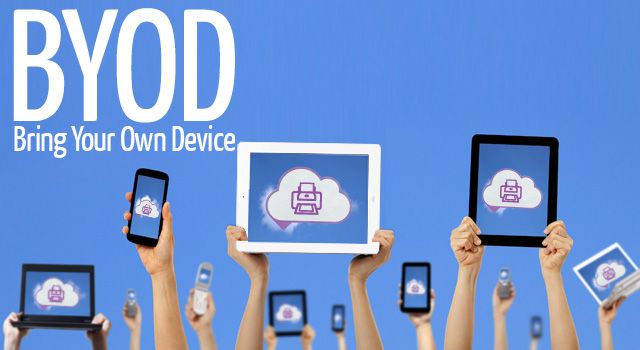CIO Perspective: How to Form Strong End-user Relationships
As I have discussed in my previous articles, the days of the “dictating IT” is long over. We are in an era where the end users are involved and influence technology purchasing decisions. There are some cases where IT is not even part of the decision process. There are two reasons why this is so: either the IT processes take forever or the IT staff says they are too busy to look for solutions. Whatever the reason, CIOs and their managers must make sure that without strong and healthy relations with the non-IT side of the business, their jobs are not guaranteed. Why would business keep on paying IT if IT is not developing/assisting in solutions? Here are some ways to improve the communications.
To start with, it will be a good idea to have IT staff deliver training for the end users. I have covered this topic extensively in one of my articles before. To give it a quick recap, having IT to train end users make IT understand how the business runs daily, help prioritize tasks, develop solutions and embed user input for the future projects and make the end users break the ice with IT (of course, there are even more benefits beyond these).
Next, IT and business can exchange employees. In the business side, there are the key users and power users who are closer to IT matters compared to other employees and there are the IT people who are working heavily with the end users. When an exchange for a determined time – 8 weeks will be enough – is committed, it builds a very effective experience and relationship for both sides.
RELATED: CIO Perspective: Traditional Strategies Still In Place
During IT’s support functions, IT always run into difficult users. This difficulty can result from two things: either the end user himself is difficult or there is a cultural difference. To overcome the former problem, it is a good idea to arrange a training for all the IT staff on dealing with difficult people and negotiation skills. There will also be times when training will not be enough and the IT managers has to intervene – the user could be resistant, not cooperative, paranoid, somehow accusing and the like. In those cases, the IT manager has to escalate the issue to the user’s manager or help the employee to work with the user.
In terms of cultural difference, the situation can be more delicate. The problems can pop from anywhere. Once I was delivering support to a north African country. I called the person, asked how he was doing politely and moved on to the subject. This was reported to my manager, myself being rude. Upon digging the issue, it was understood that the other party was expecting more introductory talk then I did – we learned that I needed to talk about 5 minutes with the other party about him, his job, family, politics etc. and me, asking only about himself was considered as having no talk at all. If we extrapolate this issue further to working in projects, we can see how communications and understanding changes can make things better or worse in unexpected ways across the border. I would recommend finding someone to give a brief about the country’s customs – a tourist guide experienced in that country will be more helpful than you can think of.
RELATED: Is the Cloud Really a Threat to the IT Department?
Combining all above, I recommend IT departments to move to an account representative concept. IT is a task-oriented job with task-oriented people, this is due the job’s nature. With this orientation, it is hard for the IT people to treat end users like customers. Especially in terms of corporate IT, the end users are taken for granted; if IT is paid to support end users, why should IT treat them as customers? However, in today’s environment where end users are directly connected to and having support from the outside vendors, it is of utmost importance for the IT to excel the outside vendor support.
The account representative can have more than one hat: you can define her both in terms of a particular job and a particular geography. One of my clients had a computer engineer, who had her degree in University of Moscow. She was the account representative for the BlackBerry Enterprise Service for the corporate VIPs. Her manager made her also the account representative for the Black Sea countries.
Finally, it is important for the IT people to talk in plain English and provide visibility to IT projects. Using plain English removes the communication barrier and any type of intimidation people may have and creating visibility ensures that everybody understands clearly what IT is doing. I had one client who tried to communicate with the end users but failed all the time. The IT manager was sending out a message something like “This week, on Sunday we will be upgrading our systems storage from IBM DS4400 to IBM DS5000 series to take advantage of the fiber SAS disks.” Among all the employees, this became a joke because it definitely meant nothing. In the next project, I wrote the email: “This week we will be having a modernization in our infrastructure to deliver a smoother experience to all our employees in Istanbul head office. We expect interruptions to various systems from 1400 to 2200 on Sunday. You can always reach us from the help desk line. Thank you for your kind understanding.” Of course, this message was a more generalist one for IT, but let every employee know what was ahead and the employees arranged their work accordingly. Further, the employees prepared their B plans, so that if something goes wrong, they can continue their work until Monday noon!
RELATED: The Stressed Admin
What would you recommend other IT people? How do you establish and maintain good end user relationships? Share your experiences in the comments.
Image credit: bloomberg.com




